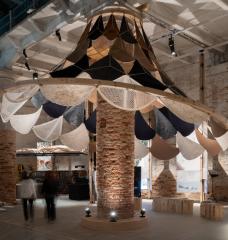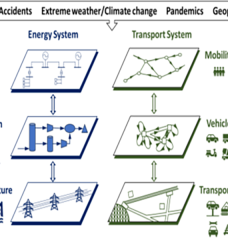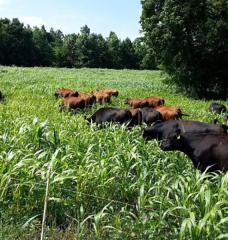
Researchers at MIT have collaborated with the World Economic Forum (WEF) to compare the green coverage of 17 global cities. Using Google Street View to measure trees and vegetation in each city, researchers were able to provide an accurate estimate of the green urban space in each city.
Ranking first was Singapore, with almost 30% green coverage of the city’s urban space. Of the 17 cities included in the research, Paris fared the worst, with only 8.8% of green urban space.
To learn more about this research and to see where your city ranks in the list, view the full article here.
ST PHOTO: MARK CHEONG






